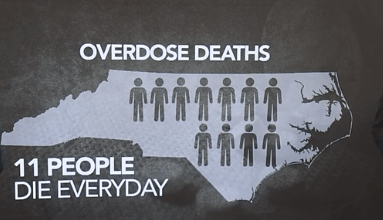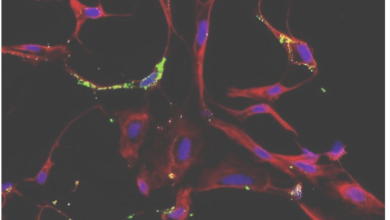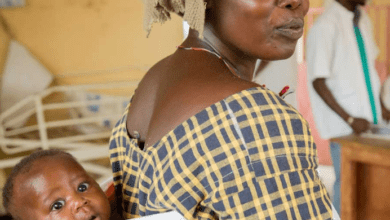“Shocking Truth About Lung Cancer: What You Need to Know This November!”

HYDERABAD: Lung cancer poses a significant global health threat, surpassing all other types of cancer in terms of the number of lives it claims. Globally, it makes up a staggering 11.6% of all new cancer cases and is responsible for 18.4% of cancer-related deaths. In India, it ranks fourth among all cancers, taking the alarming second spot among males and the sixth spot among females. As November marks Lung Cancer Awareness Month, it is crucial to explore the insights provided by experts in this field.
Dr. Yugandhar Sarma, Senior Consultant and Head of the Department of Radiation Oncology at Renova Soumya Cancer Centre, points out, “Approximately 1 in 100 individuals is at risk of developing lung cancer in their lifetime. Regrettably, about 40% of these patients seek medical assistance very late, often when their cancer has already reached an advanced stage.” The leading cause of lung cancer is smoking tobacco, with the risk escalating in proportion to the number of pack-years smoked.
Lung Cancer
Surprisingly, non-smokers are also vulnerable due to exposure to secondhand smoke, which is responsible for 85-90% of lung cancer cases. Although lung cancer screening is not recommended for everyone, it is a crucial tool for high-risk current or former smokers who have consumed more than a pack daily for over 30 years. Other risk factors include family history, aging, prior lung diseases, exposure to air particulates such as asbestos and arsenic, and occupational lung diseases.
Most cases are diagnosed at advanced stages, with 80-90% being identified in stages III and IV. The primary reason for delayed diagnosis is the lack of awareness and delayed diagnosis in many patients. Common symptoms include persistent cough, breathlessness, chest pain, unexplained weight loss, recurrent respiratory infections, body pain, and blood in the sputum. The disease can spread to distant organs, leading to various complications.
Early diagnosis is crucial, and sometimes lung cancer may not exhibit any symptoms and is incidentally discovered during evaluations for other conditions. Biopsies and chest and abdomen CT scans are the primary diagnostic procedures. It is also essential to note that the same symptoms can be caused by other conditions, so they may not necessarily indicate cancer.
In the early stages, surgery offers the best chance of a cure, with procedures like lobectomy and pneumonectomy being considered. Post-surgery chemotherapy is typically administered in stages II and beyond. For medically inoperable patients, stereotactic radiotherapy is an option, while stage III patients often receive combined modality treatment with radiation and chemotherapy. Unfortunately, even after curative surgery, 30-55% of patients experience disease recurrence.
The landscape of stage IV lung cancer management has undergone significant advancements in recent years. New drugs have improved the prognosis for stage IV non-small cell lung cancer, with average survival rates approaching two years. Patients with specific mutations, particularly women and non-smokers, are now offered tyrosine kinase inhibitors instead of chemotherapy. These oral medications provide a more effective and less burdensome alternative, enhancing the quality of life for patients. However, it is important to note that stage 4 lung cancer remains incurable.
As patients live longer, they may face new challenges such as brain metastases. Dr. Deepak Kopakka, Consultant Medical Oncologist at CARE Hospitals, emphasizes, “The key message for society should be to refrain from smoking and promote healthy living. Those experiencing persistent cough, unexplained breathlessness, blood in the sputum, or non-improving pneumonia should undergo evaluations to rule out lung cancer.”
Barriers to early detection for lung cancer include lack of awareness about the symptoms and their misinterpretation, poor follow-up with doctors, and limited access to healthcare services. Thus, creating cancer awareness, organizing mass screening camps, preventing risk factors, adopting healthy habits, and improving access to healthcare services would lead to significant control and cure of cancer.






